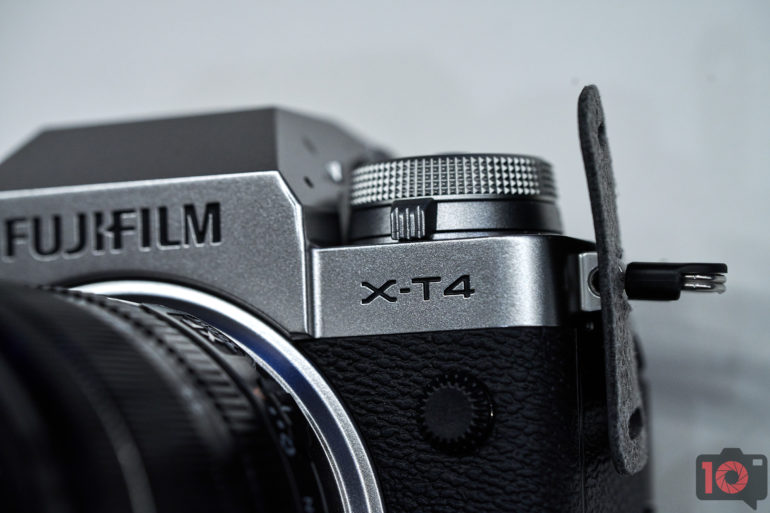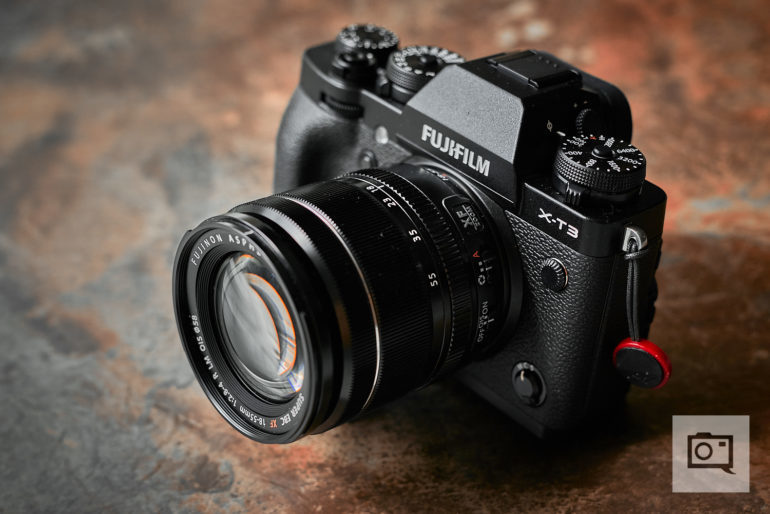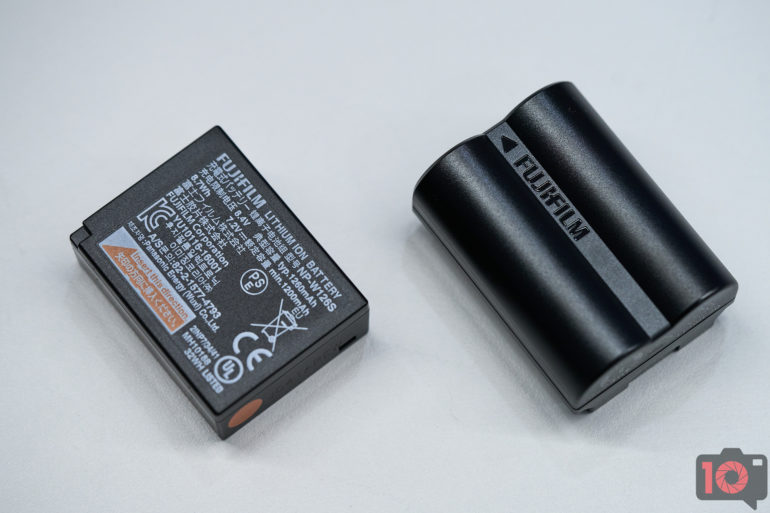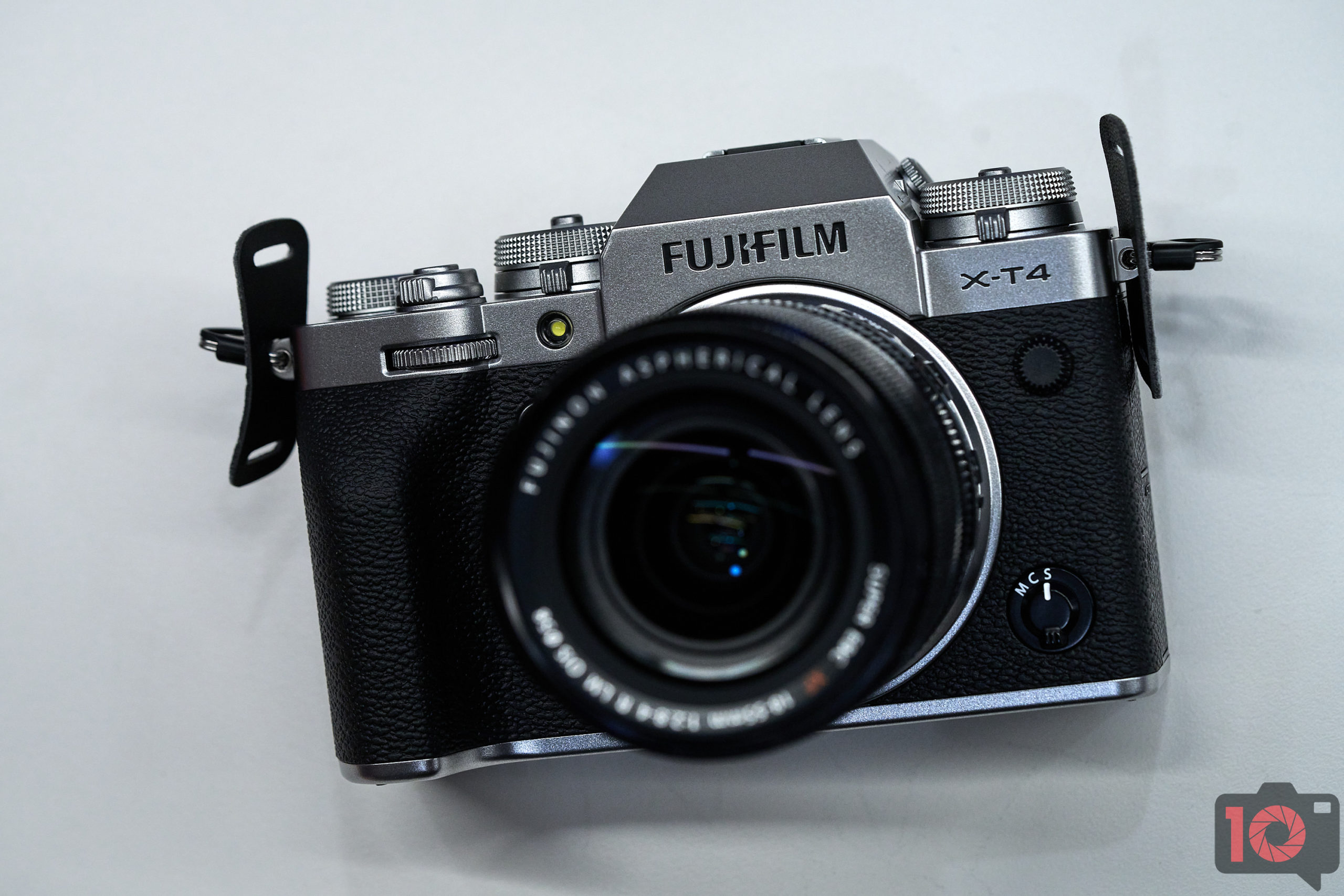Last Updated on 06/18/2020 by Dan Ginn
You may be wrestling with the idea of getting the Fujifilm X-T4, and here are some things to consider.
The Fujifilm faithful bubble with excitement whenever a new camera is released in the company’s flagship X-Series line. The latest addition is the Fujifilm X-T4. It comes with improvements Fuji shooters have been waiting on for quite some time — but not everybody needs them. At $1,700, it’s important to know if the camera is what you need, or if you’re going to be more than okay with its predecessor, the X-T3.
Same Features in Both X-T4 and X-T3

In both the X-T4 and the X-T3, you’re getting the same 26.1-megapixel APS-C X-Trans BSI sensor. It’s the same sensor found in the X Pro 3 and the new X100V — two cameras aimed at street photography professionals and enthusiasts. Some other common similarities between the X-T4 and X-T3 are that they’re both weather-sealed, they have a native ISO range of ISO 160 to 12800, and a top burst rate of 30 frames per second when using the electronic shutter. We should also note both cameras come with the same shutter speed performance — 1/8000s (mechanical shutter) and 1/32000s (electronic shutter.)
So, is Fujfilm just churning out another system so that they can hit their profit margins and keep the wheel moving in a now normalized upgrade culture? Well, no, not quite.
The camera sure has its improvements. The biggest one of all – and the one everyone has been waiting for – is the introduction of IBIS (in-body image stabilization). Most flagship cameras have had IBIS for years, and it was a head-scratcher as to why Fuji shooters needed to wait so long for it in the X-T line. It’s finally here, and it’s a feature that reads great on a sales sheet, but who’s it for?
Want vs. Need

If you can keep a steady hand – or tend to use a tripod – IBIS shouldn’t be a big deal for you. I’m still using the now ancient (in comparison) X-T2, and not once have I felt the consequence of IBIS not being present. Also, if you’re shooting with mid-range, small, prime lenses — which many Fuji shooters do, then IBIS shouldn’t really pique your interest.
What about the fully articulating, vari-angle LCD screen? That’s a cool new feature, right? Yes, it is. And it certainly has its advantages when wanting to get a sharp frame from difficult angles. But a fully articulating screen is and always will be aimed more at videographers, not photographers. And if you’re someone who loves to shoot the still frame, then it’s unlikely that you’re going to use the new LCD screen to its full potential. The up and down articulating screen on the X-T3 would serve you well, especially when shooting from low angles or from the hip.

“But that new battery can’t be overlooked.” Agreed, Fujfilm batteries have long been the downfall of the X-T series. And the improved battery in the X-T4, which promises around 600 frames per charge, is certainly appreciated. But, there are ways around it with the X-T3. Most shooters have multiple batteries, and while it will take two batteries to match one on the X-T4 (which can save you money), it’s a small inconvenience.
Beat Upgrade Culture
There’s a certain psychology in the tech world — and it extends to cameras. When companies release something new, they hype it so much that you, the consumer, feel anything less than the current machine must now be redundant. The result is people buy on impulse, convincing themselves that the process they need (when really they want) in in the latest camera offered.
But, although the X-T4 deserves some of the hype, it doesn’t mean the X-T3 should be put on the shelf and forgotten about. If you bought the X-T3 today, you’re still getting a professional performing system that will help you create the pictures you want. And you’ll be saving a few hundred bucks too — which can go towards a new lens or something else practical relating to your photography. And if you already have the camera, and don’t feel the new features in the X-T4 are something you’ve been missing, then you’re saving yourself abound $1,700 by sticking with the awesome, more than capable camera, you’ve already got.


